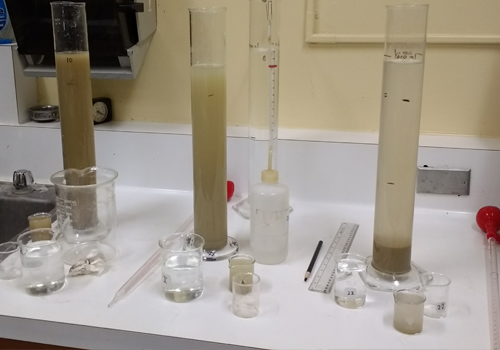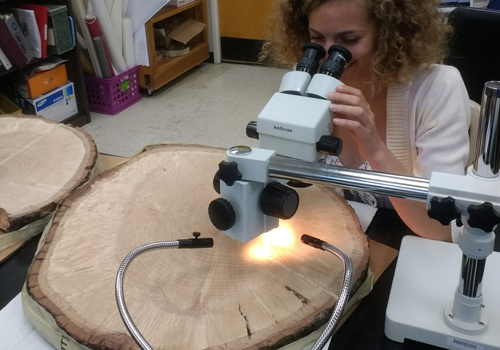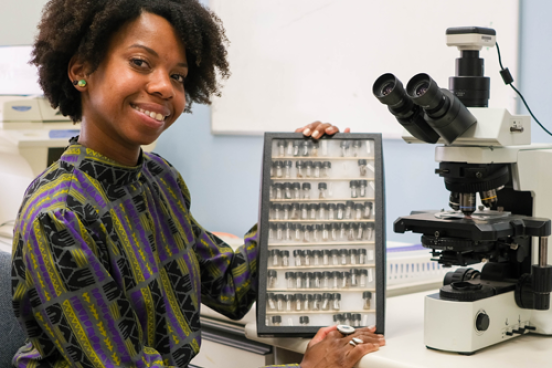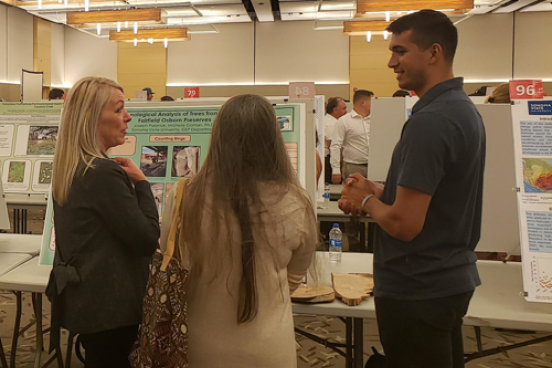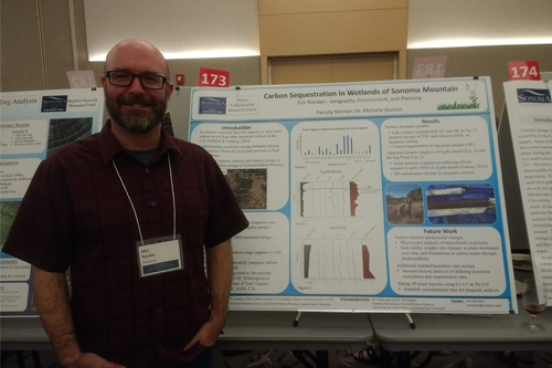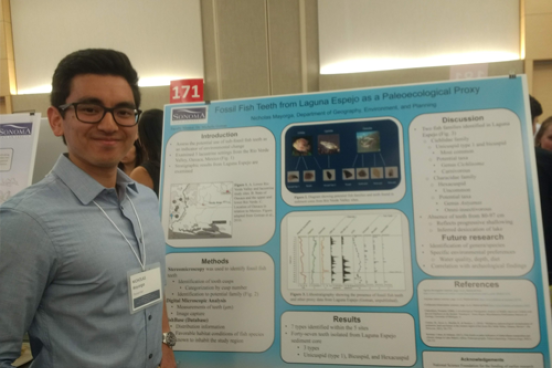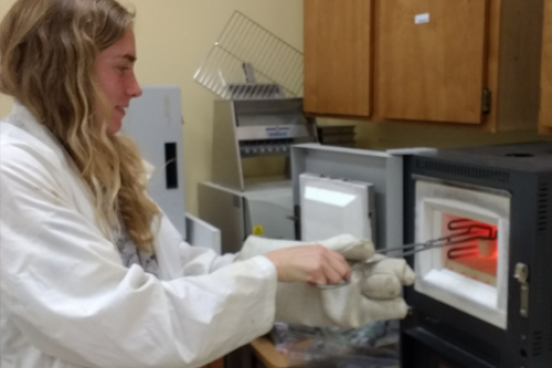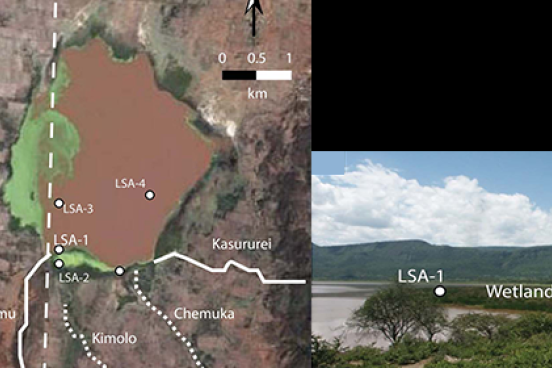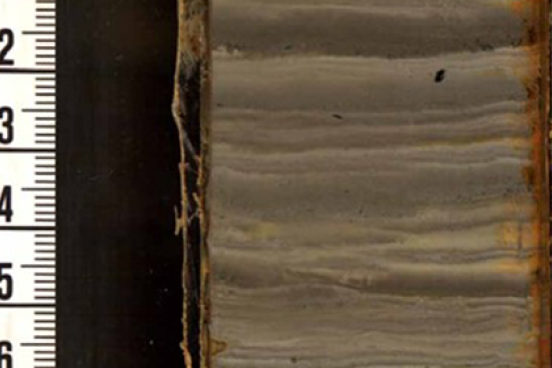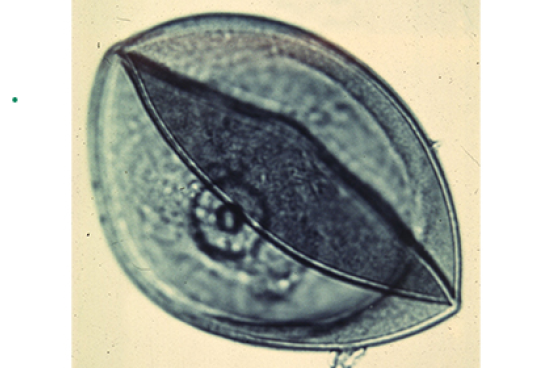Sonoma Quaternary Laboratory (SQUAL)
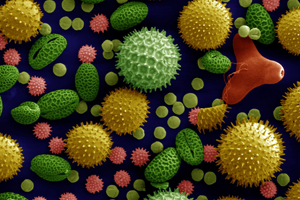
The Sonoma Quaternary Laboratory specializes in reconstructing ecological, climate and landscape change, as well as human impacts over the past several thousand years. These paleoenvironmental reconstructions provide an important context for evaluating current and future environmental and climate change. The SQUAL houses state-of-the-art equipment for micro and macro botanical analysis as well as other sedimentary analyses. Students working in SQUAL have the opportunity to gain unique field and laboratory research skills.
- For more information, contact the GEP Dept. Chair, Dr. Daniel Soto
- Stevenson Hall, Room 2401
Recent Research Projects
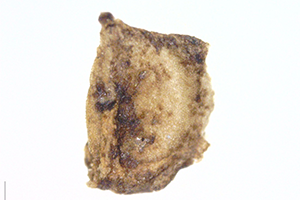
San Francisco Dune fields
Prior to European colonization the area now encompassed by the city of San Francisco, was covered by extensive sand dunes; little is known of the ecology of these systems. Foundation excavations for new buildings in the city are revealing discrete wetland soils buried within the ancient dune fields. These wetlands deposits represent a wonderful paleoecological archive that can inform our understanding of these long-lost environments. We are examining the deposits for pollen and macro-botanical remains.
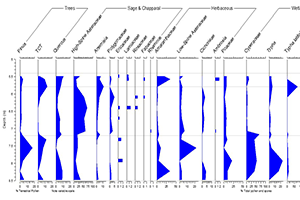
Paleoecology of Vandenberg Air Force Base
A sediment core was collected from Vandenberg Air Force Base (Santa Barbara County) as part of a geoarchaeological survey. The base of the core dates to about 8000 years ago. Relatively few paleoecological records from this time frame exist for coastal California and so the core potentially holds a valuable record of past vegetation and inferred climate. Pollen and sedimentary analyses are currently in progress. Results to date suggest significant climate perturbations occurred at 8.2 ka . This work is in collaboration with a SSU CRM alumni.

Saddleback Ranch Paleoecology
In collaboration with the SSU Anthropological Studies Center (ASC), soil samples were analyzed for pollen and a variety of sedimentary signatures from archaeological trench units from Saddleback Ranch, Yuba County. The results suggest potential human modification of soils and local ecology
